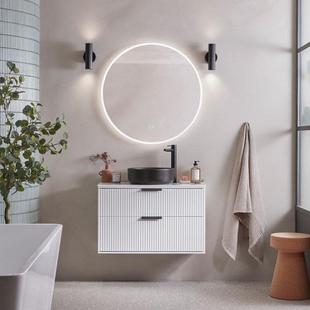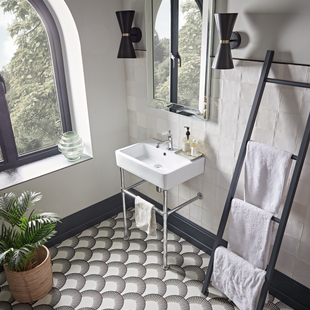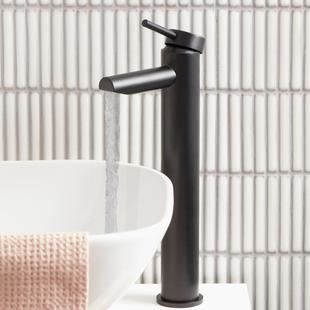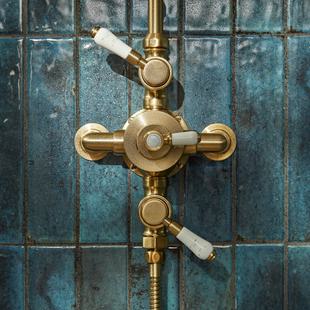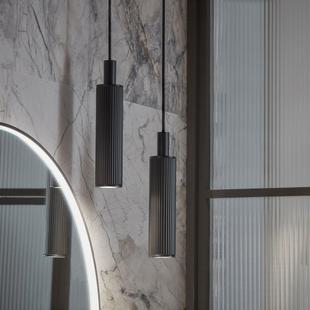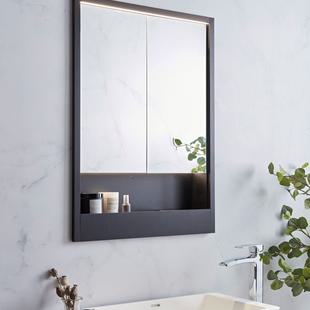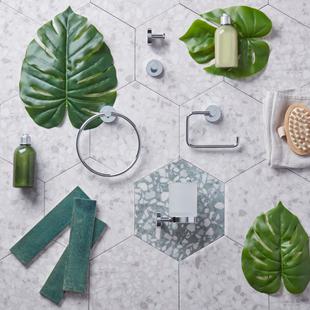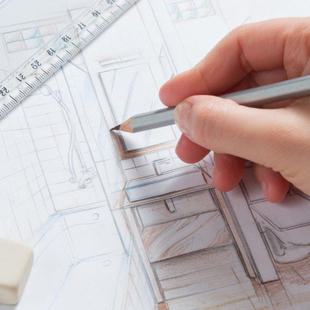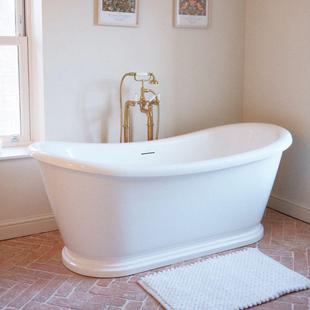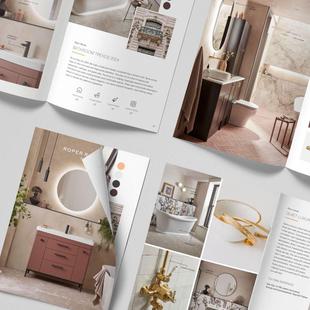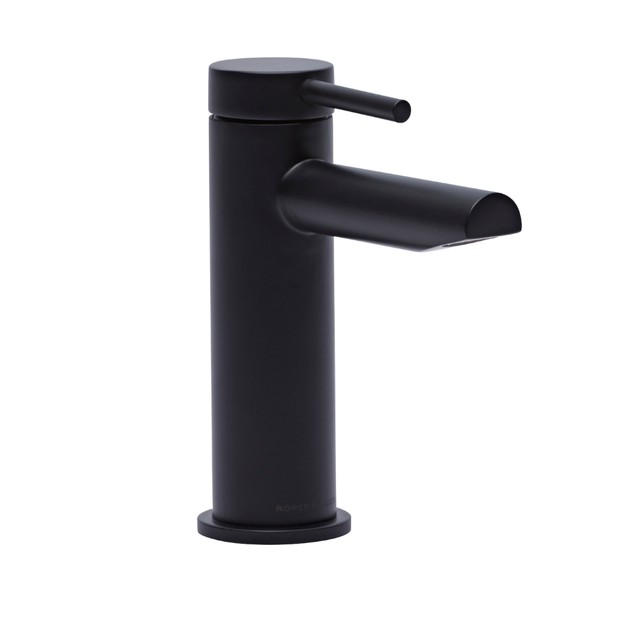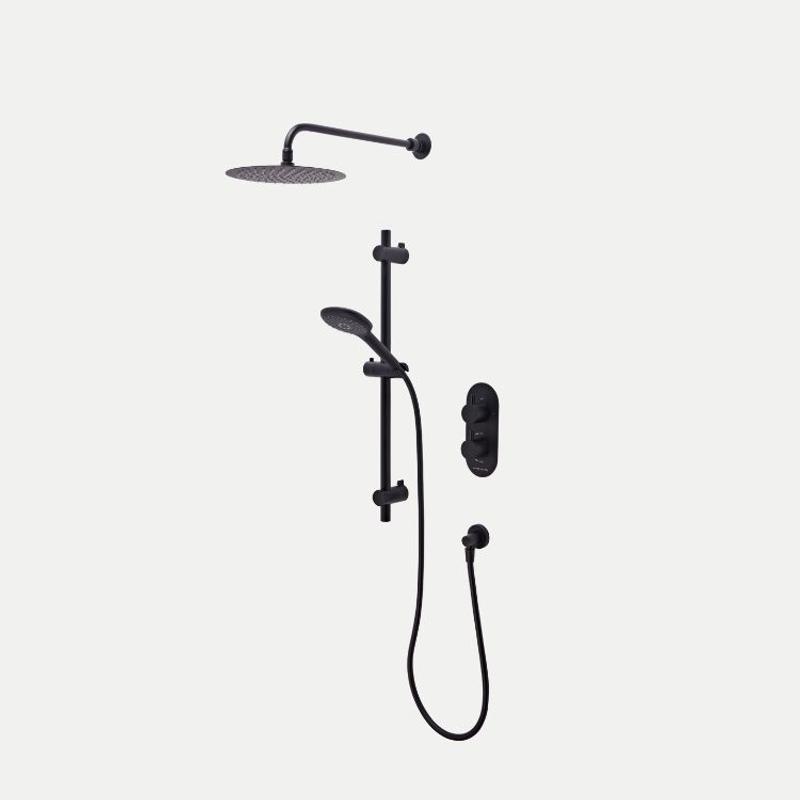- NEW
-
Bathroom Furniture
Bathroom Furniture TypesBathroom Furniture StylesBathroom Furniture Finishes
- Baths
-
Basins & WCs
Basin TypesBasin & WC Styles
-
Taps
TAP TYPESTAP STYLES
- Showers
-
Lighting
Smart Lighting Solutions
-
Mirrors
-
Cabinets
Cabinet TypesCabinet Styles
-
Accessories
Accessory Types
-
Guides & Ideas
InspirationBathroom Style
- NEW
-
Bathroom Furniture
Bathroom Furniture TypesBathroom Furniture StylesBathroom Furniture Finishes
- Baths
-
Basins & WCs
Basin TypesBasin & WC Styles
-
Taps
TAP TYPESTAP STYLES
- Showers
-
Lighting
Smart Lighting Solutions
-
Mirrors
-
Cabinets
Cabinet TypesCabinet Styles
-
Accessories
Accessory Types
-
Guides & Ideas
InspirationBathroom Style
Limewash, Venetian Plaster, Tadelakt- How to Master Textured Walls in Your Bathroom.
Say goodbye to grout with wall-to-wall plaster.
With the surge in popularity of soft shapes, natural textures and artisan details within interior design, it was only a matter of time before paint and plaster followed suit. Bid farewell to flat, atonal colours on your bath or shower room walls and embrace the latest in surface design- plaster bathroom walls. From limewash and Venetian plaster to Tadelakt - we give you the lowdown on how to take a softer approach to wall decor and add depth and interest to your bathroom walls.
Limewash
While not strictly a plaster surface, limewashing your bathroom certainly archives the effect. Recently popularised by the specialist paint company Bauwerk, and embraced by many an Instagram account, limewash is an age-old method of wall painting that dates back to Ancient Rome.
One of the world’s most abundant and environmentally friendly materials, lime paint is made using calcium carbonate - a naturally occurring element found in limestone. The raw lime putty is diluted with water to create a thin yet textured paint, designed to be layered. Applied in several coats with a masonry brush, limewash leaves a matte and chalky finish that gives a mottled, suede-like appearance. Reactive to the environment, this mineral paint is reflective and textured, lending charm and warmth to your walls.
Traditionally used on the exterior of a house, limewash walls are becoming increasingly popular for use within the home. Often seen in bedrooms and living rooms, limewash paint can also be used to decorate bathrooms, owing to its natural anti-bacterial properties and the serene, warming effect it lends to walls. While not naturally completely waterproof, a lime sealant can be applied over a limewash finish for additional water resistance and to make the lime walls easily wipable.
Design question
Is limewash waterproof?
While not naturally completely waterproof, a lime sealant can be applied over a limewash finish for additional water resistance and to make the lime walls easily wipable.
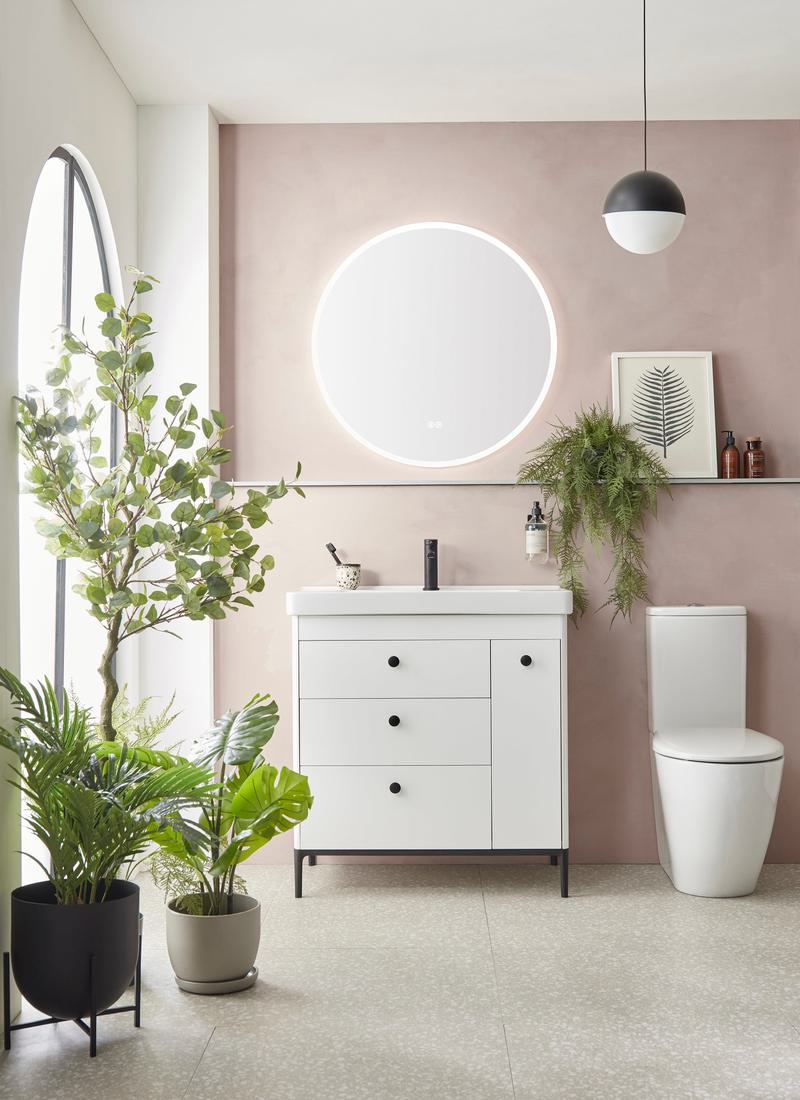
Limewash
Styling
Limewash walls offer the perfect backdrop to industrial or minimally styled bathroom furniture. Offset with black brassware for full effect.
GET THE LOOK
Venetian Plaster
Those of you who lived through the Tuscan revival trend of the mid-90s will be familiar with Venetian plaster walls, though thankfully its most recent guise is far more palatable. Where once walls were sponge-painted in bright oranges and reds, the trend for Mediterranean plaster has evolved into a chic and subtle way to decorate bathroom surfaces.
A lime-based putty made from fired limestone or marble dust mixed with water, Venetian plaster differs from limewash in its application and very subtly in its finish. Applied with a trowel, Venetian plaster is substantially thicker as a surface material and gives a less matte, more opalescent finish to bathroom walls.
A breathable surface, Venetian plaster allows moisture to escape and as such is naturally mould resistant, making it a great plaster for bathrooms. Like limewash, however, this plaster is not innately waterproof, but can be easily sealed with a plastering waterproofer. Once sealed, modern Venetian plaster is low maintenance and durable, allowing you to easily wipe the surface or patch replaster blemishes, making this waterproof plaster almost as easy as paint to maintain.
Design Question
Is Venetian plaster waterproof?
Venetian plaster can be used in bathrooms, and it is particularly suited given its antimicrobial properties and breathable finish. However, for full waterproofing, an additional sealant is recommended.
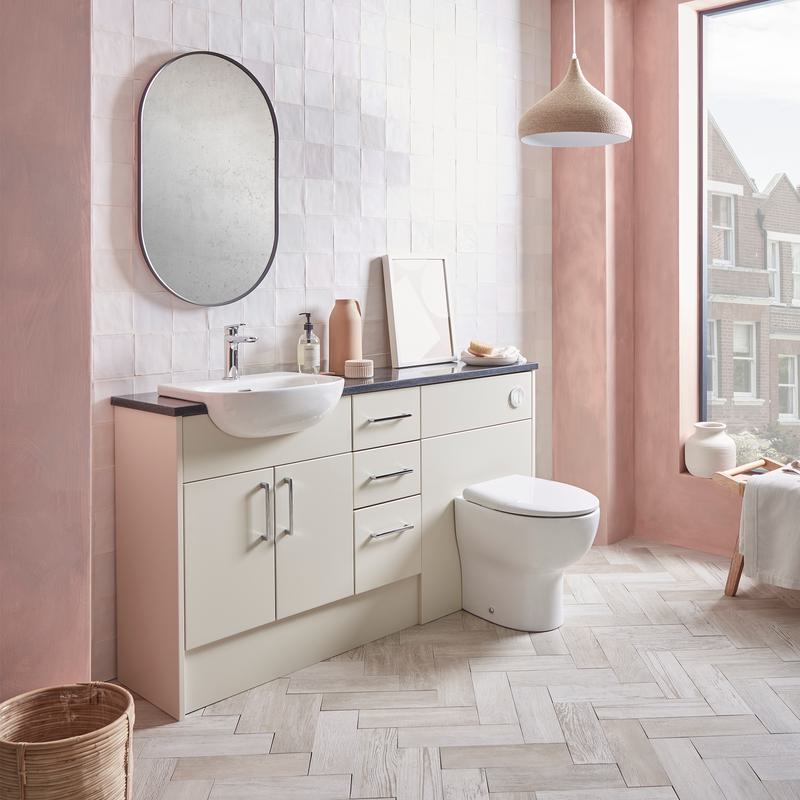
VENETIAN PLASTER
Styling
Reimagine the Mediterranean bathroom by pairing Venetian plaster with lustrous zellige tiles and simple, pared-back bathroom furniture.
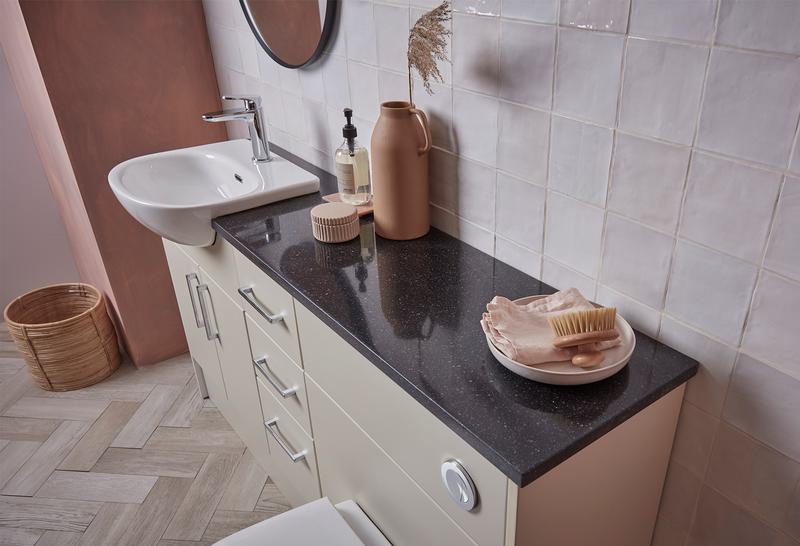
Tadelakt
This lime-based plaster is a firm favourite with minimalist architects and designers, adding texture and patina to soften contemporary spaces and artisanal touch to more bohemian bathroom schemes.
Tadelakt or Moroccan plaster shares the same lime base as the other surfaces but differs from Venetian plaster and limewash in both finish and durability. Somewhat laborious to render, Tadelakt plaster requires around seven or eight plaster applications and specialist knowledge to install, but the results are lasting.
Commonly used in Berber homes as a practical surface for the entire bathroom, Tadelakt is one plaster that is made for waterproofing. Unique to this wall plaster is its finishing - Tadelakt is coated in an oil-based soap that renders the surface almost completely waterproof, water-resistant and mould-free- and as such is an ideal waterproof plaster for showers and wet rooms in particular. Tadelakt bathrooms also benefit from ease of cleaning- as the surface is completely sealed there is no need for abrasive bleach or cleaning materials.
Design Question
Is Tadelakt waterproof?
Tadelakt is coated in an oil-based soap that renders the surface almost completely waterproof, water-resistant and mould-free- and as such is an ideal waterproof plaster for showers and wet rooms.
